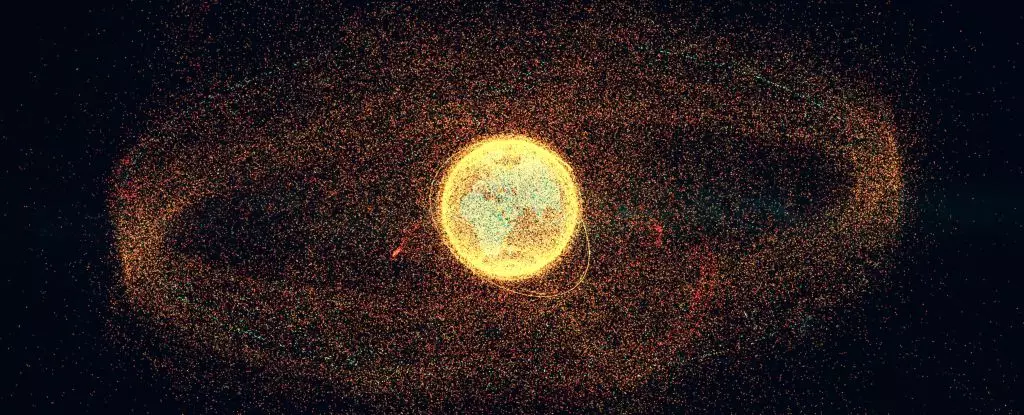The issue of space debris has reached alarming levels, posing a significant threat to current and future operations in Earth’s orbit. As reported by the European Space Agency (ESA), the trajectory of debris accumulation is accelerating rapidly. With an exponential increase in satellite launches outpacing the re-entry of dysfunctional satellites, the environment surrounding our planet is becoming perilously cluttered. The implications of this situation are grave; unless substantial measures are taken, the hazards associated with a Kessler syndrome scenario—a chain reaction of collisions resulting in increased debris—could soon become a reality.
This cascade effect would transform certain orbits into hazardous zones, rendering them unsafe for any operational spacecraft. As we stand today, the risk of a catastrophic collision is not merely theoretical; it’s a growing concern that demands immediate attention from the global community.
Understanding the Scale of the Problem
Current assessments indicate a staggering volume of space debris, with ESA monitoring approximately 40,000 objects in orbit, only a fraction of which—around 11,000—are functional satellites. The remaining objects, estimated to include over 54,000 pieces larger than 10 centimeters, represent the tangible threat posed to our vital technological infrastructure. Intriguingly, the numbers climb dramatically when considering smaller debris, with approximately 1.2 million pieces measuring between 1 and 10 centimeters, and a mind-boggling 130 million fragments smaller than that.
While it may be easy to underestimate the danger posed by smaller debris, even a tiny shard can wreak havoc on operational satellites or manned installations such as the International Space Station. In fact, non-collisional fragmentation events—spontaneous explosions or mechanical failures—are now emerging as the largest source of debris, indicating that we cannot rely solely on controlled events to minimize risk.
The Unsustainable Pace of Satellite Launches
Experts have acknowledged for some time that our current pace of satellite launches is unsustainable. Even as we adapt satellite designs to ensure a planned obsolescence—eventually having those satellites decommissioned and re-entering Earth’s atmosphere—the process can span several years. The aftermath of failed protective measures is becoming evident, as evidenced by the increasing catalog of derelict objects spiraling in Earth’s orbit.
The increasing trend of debris is exacerbated by fragmentation events, which occur even without direct collisions. Just in 2024, the ESA documented eleven instances of such fragmentation, generating thousands of new debris particles, complicating cleanup efforts and increasing the overall risk for operational satellites exponentially.
Signs of Hope Amidst the Chaos
Despite the overwhelming statistics highlighting the severity of orbital debris, there are also signs of progress that warrant recognition. Evidence suggests that the number of controlled re-entries of defunct satellites and rocket stages is on the rise. 2024 saw an improvement in compliance with re-entry standards, as around 90% of rocket bodies in low-Earth orbit successfully vacated their orbits within the set timeframe. These initiatives indicate a growing awareness and commitment within the aerospace community to mitigate debris accumulation.
Moreover, proactive measures have been taken to tighten compliance measures, such as the 2023 standard mandated by the ESA requiring satellite operators to ensure their units clear orbits within five years of their operational phase. Such developments imply a shift towards greater accountability and proactive management within the space sector.
The Path Forward: Global Cooperation is Key
The challenges posed by space debris necessitate a collective response that transcends national interests. Coordinating an effective global cleanup operation will be essential as we strive to safeguard the orbital environment. Initiatives to actively collect debris must be implemented, incorporating advanced technologies and collaborative frameworks that draw on the expertise of various nations and sectors.
Ultimately, keeping Earth’s orbit a functional space for exploration and technological advancement will require not only innovative technical solutions but long-term commitment and cooperation from all countries exploiting the space environment. As the guardians of our planet’s skies, we must come together to address this looming crisis with a sense of urgency and purpose. The consequences of inaction could reshape our access to the cosmos for generations to come, and the time to act is now.

